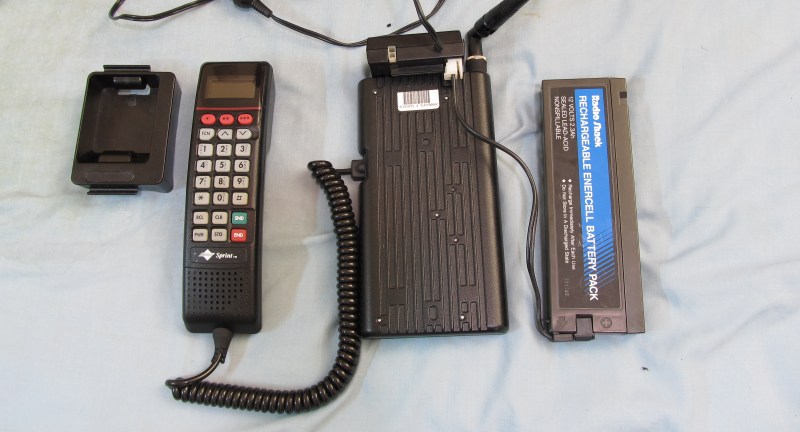The Mars Climate Orbiter was a spacecraft launched in the closing years of the 1990s, whose job was to have been to study the Martian atmosphere and serve as a communications relay point for a series of other surface missions. It is famous not for its mission achieving these goals, but for the manner of its premature destruction as its orbital insertion brought it too close to the planet’s atmosphere and destroyed it.
![The ill-fated Mars Climate Orbiter craft. NASA [Public domain].](https://hackaday.com/wp-content/uploads/2017/09/mars_climate_orbiter_2.jpg?w=400)
This unit cock-up gave metric-using engineers the world over a brief chance to feel smug, as well as if they were being honest a chance to reflect on their good fortune at it not having happened on their watch. We will all at some time or another have made an error with respect to our unit calculations, even though in most cases it’s more likely to have involved a simple loss of a factor of ten, and not with respect to a billion dollar piece of space hardware.
But it also touches on one of those fundamental divides in the world between the metric and imperial systems. It’s a divide that brings together threads of age politics, geography, nationalism, and personal choice, and though it may be somewhere angels fear to tread (we’ve seen it get quite heated before to the tune of 885+ comments), it provides a fascinating subject for anyone with an interest in engineering culture.
Continue reading “There Is No Such Thing As An Invalid Unit”


















